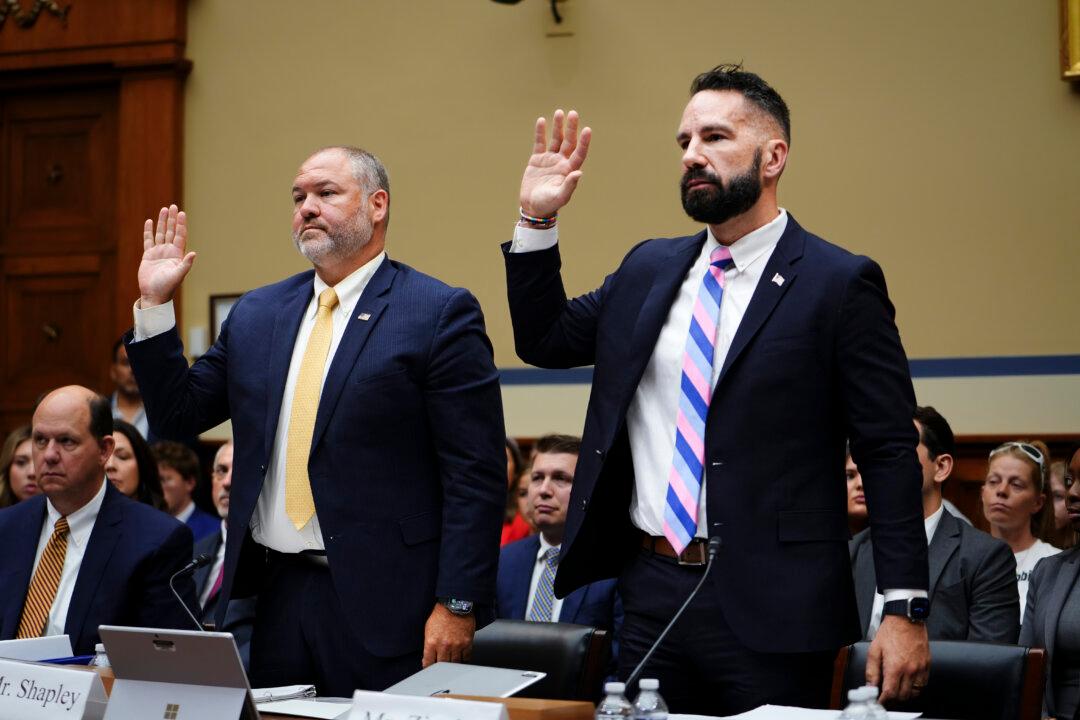Speaker of the House Nancy Pelosi (D-Calif.) canceled a planned vote on a Democratic proposal to allow House members to vote without being physically present in the chamber.
Instead of an April 23 vote on a proposal developed by House Democrats led by Rules Committee Chairman Jim McGovern (D-Mass.), Pelosi created a six-member task force to study the issue and make recommendations.





